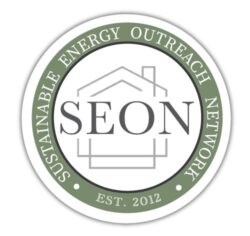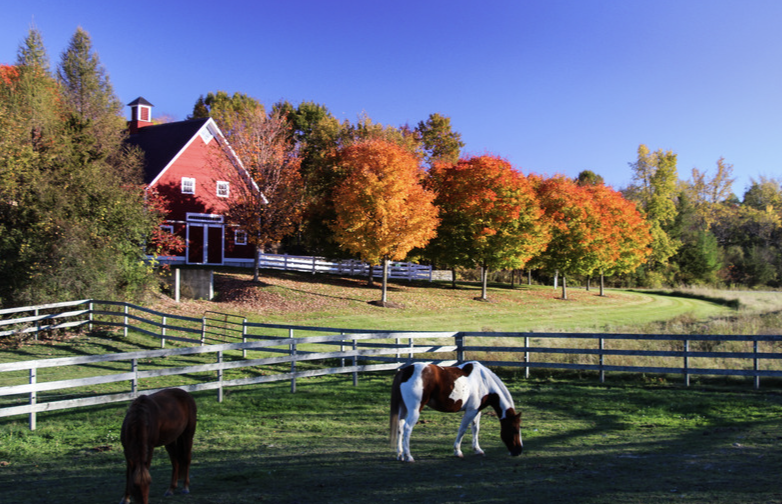Living in Vermont offers a unique opportunity to embrace a sustainable lifestyle amidst the region’s natural beauty. When it comes to building environmentally-friendly homes, it is crucial to consider the impact of construction materials. One such material that demands attention is concrete, which has both advantages and potential hazards. In light of this, it is vital for the public to be aware of the environmental concerns associated with concrete usage and to stay informed about recent innovative breakthroughs that can pave the way for a greener future.
A recent study titled “Enhancing Ultra-High-Performance Concrete with Oyster Ash and Electric Arc Furnace Dust” sheds light on just one of the innovative approaches used to mitigate the environmental impact of concrete. The study emphasizes the importance of seeking new alternatives and adopting sustainable practices in construction. Here’s why these studies matters.
The Importance of Awareness
Awareness plays a pivotal role in fostering change. By engaging in discussions with your builder about the use of high-performance concrete (UHPC) and the importance of utilizing a proper ratio of cement/concrete mix in conjunction with more environmentally-conscious alternatives, we empower ourselves to make informed choices during construction projects.
Using Concrete in Residential Structures
Portland concrete, which is made using Portland cement as the binding agent, is commonly used in building homes. It is one of the primary materials used in the construction of residential structures due to its durability, versatility, and affordability.
The Hazards of Concrete and Environmental Concerns:
Concrete has long been a popular choice in construction due to its durability and versatility. However, its production process contributes to significant carbon emissions and energy consumption. Additionally, the extraction of raw materials and the disposal of concrete waste pose environmental challenges. As responsible inhabitants of Vermont, it is essential for us to understand these hazards and explore alternatives that minimize the ecological footprint of our construction projects.
Carbon Footprint and Emissions:
The production of traditional concrete involves the release of large amounts of carbon dioxide (CO2) into the atmosphere, contributing to climate change. Sustainable alternatives like high-performance concrete offer the potential to reduce carbon footprints through innovative material formulations and production techniques.
Waste Management and Recycling:
Concrete waste poses a significant challenge in construction projects. By adopting responsible waste management practices and promoting concrete recycling, we can reduce the volume of waste sent to landfills and conserve natural resources. Recycling concrete also contributes to the circular economy and lowers the demand for virgin materials.
Environmental Hazards and Water Pollution:
Improper disposal of concrete waste can lead to water pollution and harm local ecosystems. Chemical additives and contaminants in concrete can leach into the soil and water bodies, impacting aquatic life and groundwater quality. Proper handling, recycling, and disposal of concrete materials are vital to mitigate these hazards.
Sustainable Construction Practices:
Embracing sustainable construction practices, such as using locally sourced and recycled materials, can significantly reduce the environmental impact of concrete. By selecting high-performance materials with improved durability, energy efficiency, and reduced water absorption, we can construct resilient and eco-friendly buildings.
Building Resilient Communities:
Addressing concrete usage and environmental concerns in construction aligns with Vermont’s commitment to sustainability. By promoting awareness, advocating for responsible construction practices, and supporting initiatives that prioritize environmental stewardship, we can build resilient communities that thrive in harmony with their natural surroundings.
What do Do if You are about to Build or Remodel?
Your initial step should be to engage in an open discussion with a certified high-performance professional. While word-of-mouth recommendations for the best builder in Vermont can be valuable, it’s important to note that hiring based solely on word of mouth doesn’t guarantee an environmentally friendly and cost-effective construction project. It’s crucial to thoroughly assess a builder’s qualifications, expertise in sustainable practices, and track record in delivering energy-efficient and environmentally conscious builds. Certified high-performance builders are the pioneers in shaping a future where sustainable construction practices and environmental consciousness are seamlessly integrated.
A Sustainable Future in Vermont
Vermont is renowned for its commitment to environmental stewardship. Embracing sustainable construction practices aligns perfectly with the region’s values and goals. By advocating for eco-friendly alternatives and encouraging the use of innovative materials, we can contribute to a greener future for our communities. It is essential to recognize the environmental impact of concrete usage and waste. By understanding the carbon footprint, waste management challenges, and environmental hazards associated with concrete, we can make informed decisions that prioritize sustainability in construction projects. By embracing responsible practices, promoting recycling, and adopting innovative materials like high-performance concrete, we contribute to building resilient communities and preserving the natural beauty of our region.

